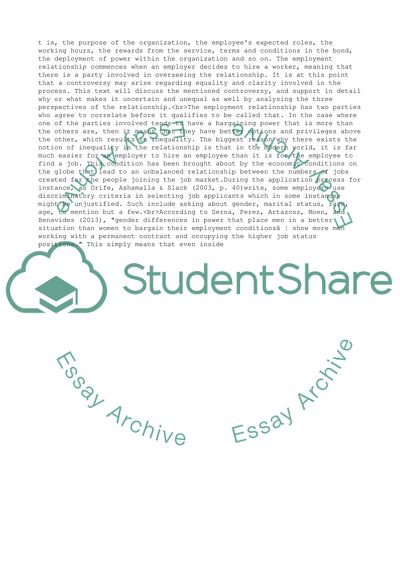Cite this document
(“HRM Essay Example | Topics and Well Written Essays - 1500 words - 5”, n.d.)
HRM Essay Example | Topics and Well Written Essays - 1500 words - 5. Retrieved from https://studentshare.org/business/1630441-hrm
HRM Essay Example | Topics and Well Written Essays - 1500 words - 5. Retrieved from https://studentshare.org/business/1630441-hrm
(HRM Essay Example | Topics and Well Written Essays - 1500 Words - 5)
HRM Essay Example | Topics and Well Written Essays - 1500 Words - 5. https://studentshare.org/business/1630441-hrm.
HRM Essay Example | Topics and Well Written Essays - 1500 Words - 5. https://studentshare.org/business/1630441-hrm.
“HRM Essay Example | Topics and Well Written Essays - 1500 Words - 5”, n.d. https://studentshare.org/business/1630441-hrm.


